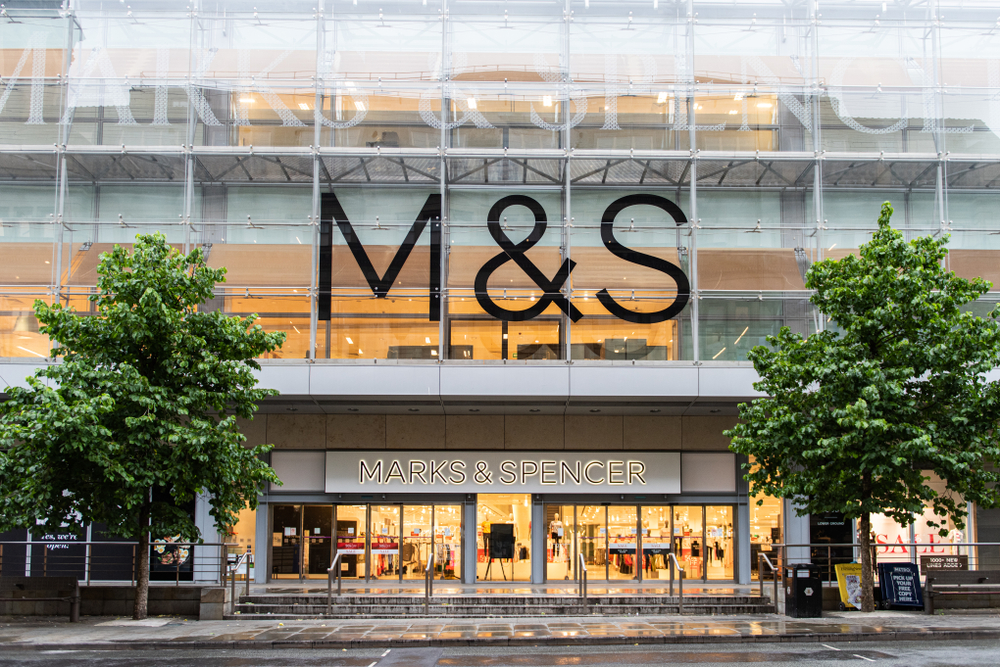Free delivery is a good way to attract new customers and encourage existing customers to buy again. But offering this to all becomes increasingly expensive as more retail sales take place online and costs increase along with volumes, according to the recently published RetailX Customer Value Chain Europe 2023 report.
It found that retailers are now thinking strategically about using free delivery as an incentive and RetailX research suggests that fewer retailers are now offering it on all orders. This has fallen by two percentage points (2pp) to 16% of 895 retailers assessed on this metric both this year and last year, and, as the graphic shows, by 1pp to 14% of a subgroup of 515 retailers assessed since 2016.
The service does continue to be more commonly offered in some categories than others. Jewellers are the most likely to offer free delivery to all, with 39% of Top1000 jewellery brands and retailers doing so, perhaps reflecting the lower cost of postage in relation to the cost of products.
Retailers selling software (34%), musical instruments (27%), automotive equipment (25%) and consumer electronics (24%) also do this at a relatively high rate. But very fewer of those selling maternity and children’s products (1%), stationery (3%) or specialist grocers (2%) take this approach.

Free delivery on all orders is more commonly found when buying from Spain (23%), Liechtenstein (22%) and Italy (21%) but less so from Iceland (4%) or Latvia (7%). That likely reflects the relative costs of sending goods to those markets. The sharpest decline in use was in Denmark (-2pp to 17%), while the UK saw a 1pp decline, to 19%.
Instead, almost half (+1pp to 47%) of retailers – and 50% of those measured since 2016 – now require shoppers to place a minimum order before qualifying for free delivery. This is most common among retailers selling sports and leisure products (64%) and books (62%) and least so among those selling flowers, gifts and homewares (all 34%). It is also more common in Ireland, where 50% require a minimum spend for free delivery, followed by Spain (+2pp to 49%) and the Netherlands (48%), but less common in Malta (32%) and Estonia (34%).
Shoppers must spend an average of €72.30 (+98c) to qualify for free delivery from the average Top1000 retailer. The median – or halfway point – retailer offers it when shoppers spend €50, the same as last year. But the minimum order value for free delivery varies widely by both category and market, with those shipping larger and heavier items likely to require a higher minimum spend.
DIY and trade equipment retailers, for example, offer free delivery when shoppers spend an average of €107. The median retailer in this category requires shoppers to spend €59.30. This is a lower figure than the category average but still higher than other categories.
Homewares retailers also ask for a relatively high average spend to give free delivery, at €141, while the median comes in at €56.20. Free delivery is available for a lower minimum spend when buying from pharmacies (average €35.20/ median €23.10) or booksellers. Shoppers buying from Switzerland (€120/€53.40 are likely to spend more to qualify for free delivery than those buying from Norway (€48.80/€46.50). All regions saw the median free delivery threshold decline slightly, with the highest paying market of Switzerland seeing the largest decline of €2.
This feature was authored by Chloe Rigby and originally appeared in the RetailX Customer Value Chain Europe 2023 report
Download the report in full to discover:
- How Europe Top1000 retailers are adding value both to the customer experience and to their business through value chain-led analysis
- Practical examples from Europe Top1000 brands and retailers including Amazon, Stradivarius, Pandora, Ikea and Douglas










